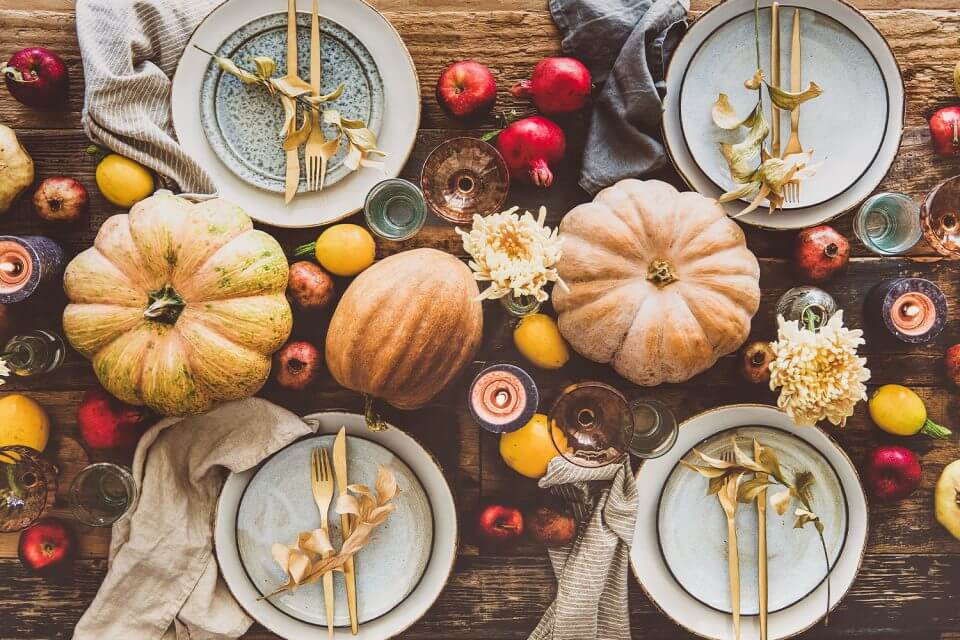The Top 10 Biggest Holidays Around the World


Did you know that the country with the most national holidays in the world is Cambodia, which boasts 28 special celebrations each year?
Whether it’s a day of rest, remembrance, giving thanks, or partying, everyone looks forward to the holidays. Not only do holidays breathe new life into our busy schedules, but they also remind us how wonderful it is to be alive.
Keep reading for the top 10 biggest international holidays to see if any of your favorites made the list.
1. Christmas
Christmas may be represented by presents and Santa Claus nowadays, but this popular holiday had another origin story. Depending on which culture you ask, Christmas could be related to many different things.
The most prevalent meaning of Christmas comes from the Christians who celebrate Jesus’ birthday. What’s interesting to know is that it took centuries after Christianity spread before Christmas became an accepted holiday. The reason why people were hesitant is because celebrating birthdays is viewed as a Pagan tradition.
What’s even more interesting is that historians can’t find evidence of Jesus’ true birthday anywhere. Most experts agree that Christians borrowed the date from the ancient Roman holiday that celebrates the winter solstice. If this is true, then that means Christmas is also a day to be grateful that the darkest nights have passed and spring is coming.
Modern Christmas traditions can be traced back to the story of Saint Nicholas, who has slowly turned into the Santa Claus character we all know and love today. Common traditions around the world include decorating a tree, sending out family greeting cards for Christmas, baking cookies for Santa, exchanging gifts, going to church, and sharing a feast. What a jolly day indeed!
If you happen to travel to Australia during Christmas time, don’t be surprised if you spot Santa in a red bathing suit! Since the southern hemisphere experiences summer weather in December, Santa rocks a nice tan. With the weather being so pleasant, other southern countries spend Christmas enjoying barbecues and watching firework shows.


2. Hanukkah
Another popular winter holiday is Hanukkah, which is the Hebrew word for “dedication.” This celebration takes place over eight days. Its purpose is for Jewish people all around the world to celebrate their religion and history.
Unlike Christmas, Hanukkah’s origin story isn’t as peaceful. Around 200 B.C., Israel was controlled by Syrians and Greeks. During one terrible event called the Maccabean Revolt, thousands of people were killed and Jerusalem’s holy Second Temple was destroyed.
Despite these horrors, heroes were able to rise and seek justice. Judah Maccabee, the son of a Jewish priest, rose to power and helped Israel reclaim Jerusalem within two years of fighting. In order to reclaim their culture, Judah’s priority was to restore the Second Temple to its original glory.
After the religious site was cleansed, the menorah was lit. The miraculous part of this story is that the menorah was said to only have enough oil to burn for one night, yet it continued to burn for eight nights. Ever since then, Jewish people have continued to light their menorah for eight nights during this religious celebration.
Aside from lighting the menorah and reciting prayers, Hanukkah has plenty of other interesting traditions. Children enjoy playing with dreidels, loved ones exchange Hanukkah cards and gifts, and lots of traditional Jewish foods are prepared. Some tasty treats include latkes (potato pancakes), sufganiyot (jelly doughnuts), and challah (braided bread).
3. New Year
Did you know that the first New Year’s celebration was recorded over 4,000 years ago in ancient Babylon? Although the date of the new year has changed over the centuries, nowadays most cultures restart their calendar on January 1st. This means that people like to party on December 31st to celebrate their past successes and say goodbye to any hardships.
In earlier human history, the new year was tied to farming and religion. When life was most prosperous in spring, that’s when many cultures felt like they had a fresh start. During their festivities, they would feast and exchange simple gifts with their neighbors to ensure the rest of their year could be merry.
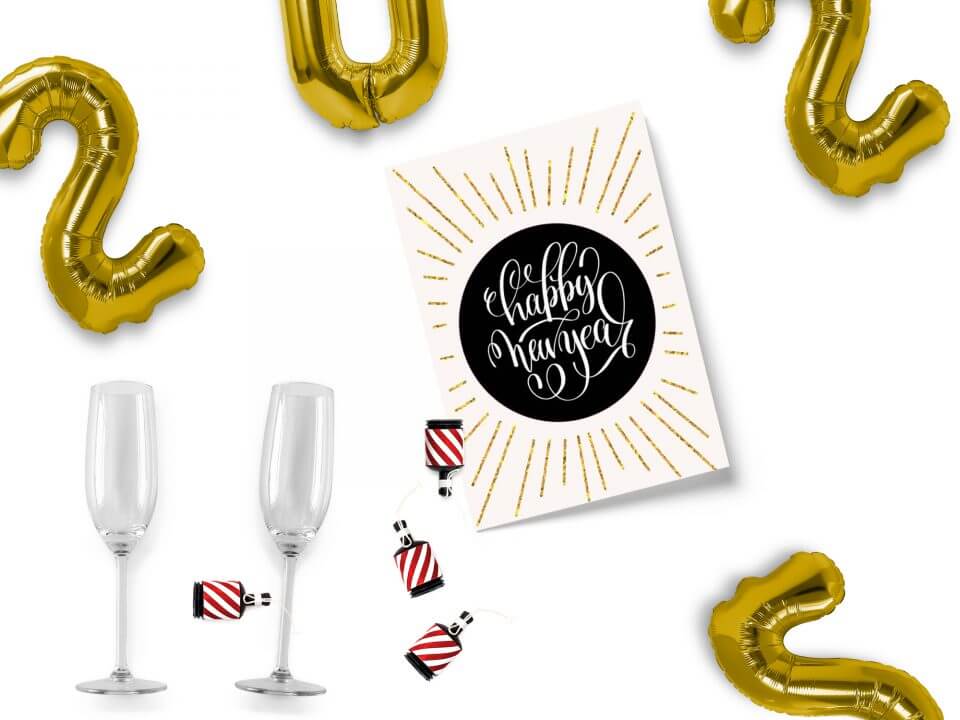
In the modern world, our New Year parties have become even more fun. People all around the world send out New Year’s Eve invitations for awesome parties, stock up on champagne and snacks, and dance the night away with their loved ones. No matter where you go in the world, you’re guaranteed to witness a countdown and firework show when the clock strikes midnight.
In many countries, like America, one tradition is to kiss someone at midnight. In London, Big Ben awakens to ring in the new year. If you visit Thailand, don’t be surprised if you see people climbing in and out of coffins. In their culture, this is a way to ward off bad luck, pay their respects to the dead, and renew themselves.
Another common tradition around the world is to make a New Year’s resolution. This is a way for people to set goals that will guarantee that the upcoming year is more successful than the last. Although most people give up on their resolutions by the end of January, people still love to be optimistic about the future.
4. Chinese New Year
Although this holiday may have Chinese in the name, the Chinese New Year is celebrated all across Asia and other Asian populations around the world. Their festivities are so charming that plenty of other people who don’t have any heritage join in on the fun, too. The Chinese New Year doesn’t have a set date since it follows the lunar calendar, but the celebrations usually take place in late January up until mid-February.
On top of ringing in a new year, this holiday also showcases the Chinese Zodiac signs. Each year is represented by a different animal. 2019 is the year of the pig, which is a symbol of wealth and good fortune.
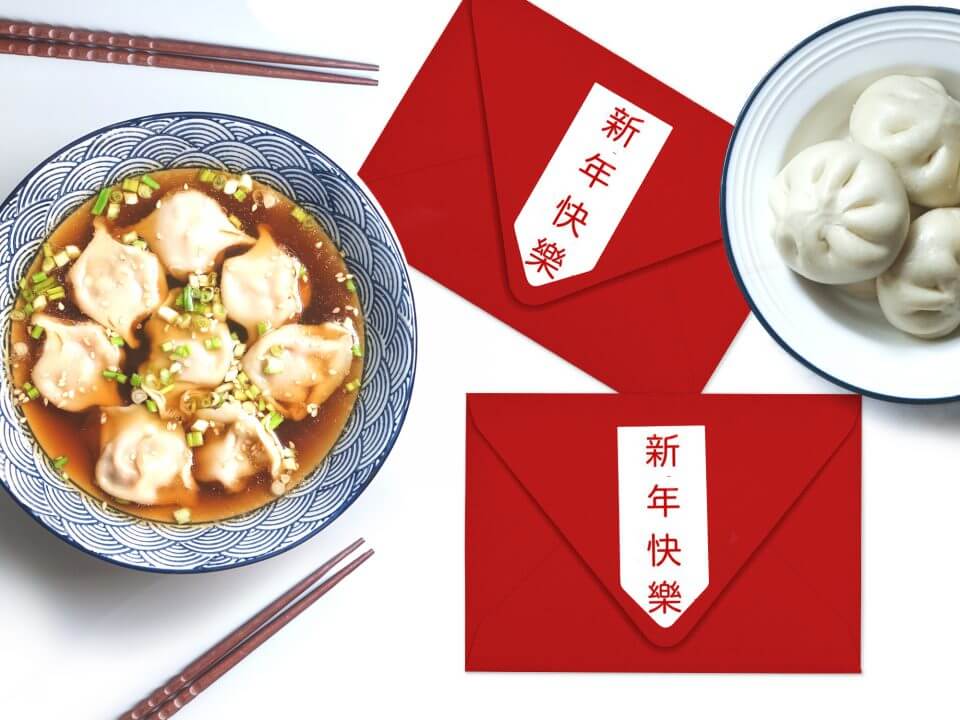
There are many different ways people celebrate the Chinese New Year. One of the most common traditions is to set off firecrackers. Red is viewed as a lucky color, so you can see tons of red decorations and red Chinese New Year cards.
In busy streets, you’ll see parades with lots of stunning displays and fun characters. This holiday is one of the most important celebrations in Asia, which means lots of people travel to enjoy a relaxing vacation or visit with loved ones. Since China is so populated, some travel experts believe that the Chinese New Year is the busiest travel date in the world.
You can’t have a proper party without food. Traditional Chinese New Year foods have significant meanings that can influence the upcoming year. Dumplings and spring rolls are served to improve wealth, noodles can increase longevity, and sweet rice balls strengthen family bonds.
5. Ramadan and Eid al-Fitr
Although Ramadan and Eid al-Fitr are technically two separate holidays, you can’t have one without the other. In Islamic cultures, Ramadan is known as a month of fasting and Eid al-Fitr is the festival of breaking the fast. These holidays help Muslims connect with their religion and their loved ones.
Ramadan begins during the ninth month of the Muslim calendar at the start of the new moon. Eid al-Fitr cannot start until the new moon of the following month, which signifies that a whole month of fasting has been completed. Ramadan typically falls in early May and Eid al-Fitr follows in early June.
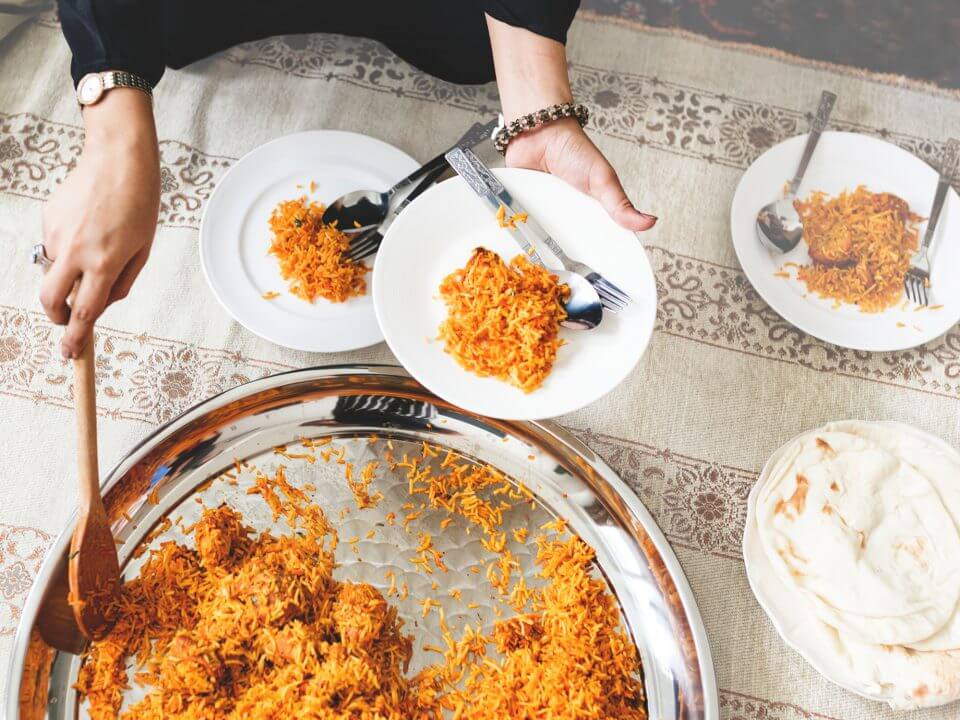
Ramadan is observed by fasting when the sun begins to rise until sunset. This means that people have a short amount of time to eat. Although the practice is strenuous, fasting is one of the five pillars of Islam.
Muslims believe that fasting is a way to atone for sins and deepen their connection to Allah. If people have the strength to abstain from food, it gives them the confidence that they can abstain from any harmful temptations in the future. Although children aren’t required to fast, many young and old Muslims alike are excited for Ramadan because it’s a special holy month.
In order to celebrate their hard work, Muslims break their fast during the Eid al-Fitr festival, which lasts for three days after Ramadan. During Eid al-Fitr, Muslims visit loved ones, exchange greeting cards for Ramadan and gifts, feast, and pray in public spaces together. Typical Eid al-Fitr dishes include Maamoul (stuffed shortbread cookies), sheer khurma (date milk), and doro wat (curry stew).
6. Easter
Easter is a day where Christians honor Jesus’ resurrection, which happened three days after his crucifixion according to the New Testament. Since there are different branches of Christianity, Easter can fall on any Sunday between March 22nd and May 8th depending on which calendar you follow. In both western and eastern Christianity, Easter is the conclusion of Lent, which is a 40-day fast.
Although the origin of Easter is based on religion, it has become more secular in modern times, similar to Christmas. While Santa Claus is the face of Christmas, Easter is represented by a character known as the Easter Bunny. Parents with young children traditionally leave an Easter gift basket and claim that their house was visited by the Easter Bunny.
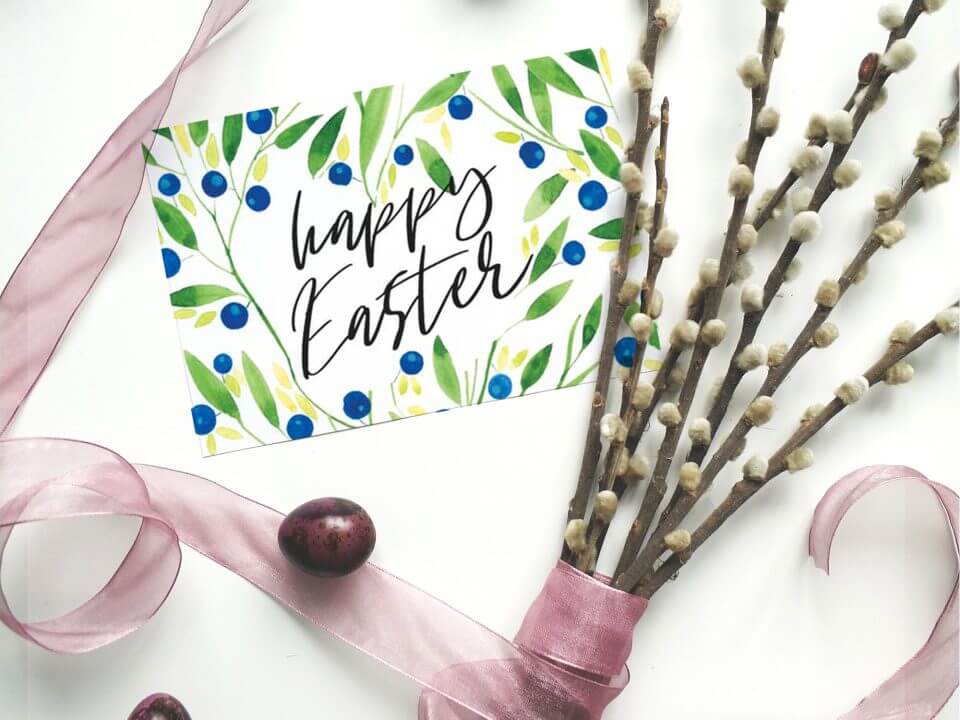
Other fun traditions include dyeing Easter eggs, going on an Easter egg hunt, and exchanging Easter cards with tasty treats. Peeps and chocolate bunnies have become the most iconic Easter sweets in western cultures.
An Easter feast is also expected on this holy day. Many families across the world serve lamb in reference to Jesus being called the lamb of God. Other popular roasts include ham, turkey, and chicken.
Although there are a lot of fun activities that happen on Easter, religious families make time to visit church and pray. Since Jesus’ resurrection was a miracle, Easter is perhaps the most special Christian holiday of the year.
7. Valentine’s Day
Although we recognize Valentine’s Day as a holiday for lovers, the history of Valentine’s Day is much darker. Experts who have studied past centuries have noted that there were several saints named Valentine who could be responsible for the holiday’s title. However, these saints were neither romantic nor had happy life stories.
In ancient Rome, Christians were persecuted often and the violence could go as far as getting beheaded. Despite all of these saints’ tragic endings, it wasn’t until the 14th century when honoring St. Valentinus became romanticized. Chaucer, who was a poet famous for his many contributions to literature, made a connection between the holiday and birds mating.
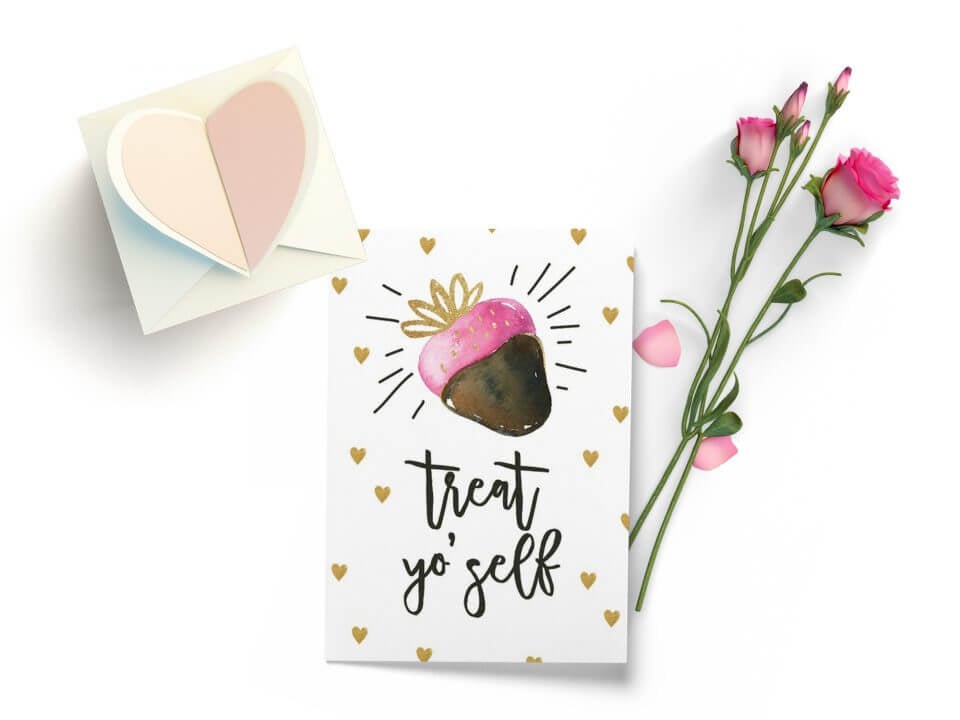
After this observation became widespread, other notable figures like Shakespeare began associating the St. Valentinus feast with love. Letters of adoration were written, romantic gestures were planned, and February became known as the month of mating. Fast forward to modern times and you’ll notice that Valentine’s Day has become quite an extravagant holiday.
Common Valentine’s Day traditions around the world include giving partners sweet Valentine’s Day cards, chocolates in heart-shaped boxes, jewelry, and cute stuffed animals. Romantic dates are also expected on this day. Some restaurants are so popular that people have to make reservations for Valentine’s Day months in advance!
Have you been shot by Cupid’s arrow? Whether you love or hate the commercialization of Valentine’s Day, this holiday is still the perfect time to remind your partner how much you care. If you’re single, that shouldn’t stop you from having fun with your friends thanks to popular Valentine’s Day spoofs like Galentine’s Day.
8. Diwali
Diwali, the festival of lights, is a major Hindu holiday that pays homage to the gods and marks the beginning of a new year. Many Hindus call upon Lakshmi, the goddess of prosperity, by lighting an abundance of lamps. Not only do these lights welcome the goddess, but light is also a Hindu symbol of knowledge and everything good in the world.
The Diwali festival, which usually starts in late October, lasts for five fun days. During these celebrations, there are lots of feasts, exchanges of special greeting cards for Diwali and gifts, fireworks, and spending time with loved ones. Many people also believe that gambling will bring them good fortune for the rest of the year.
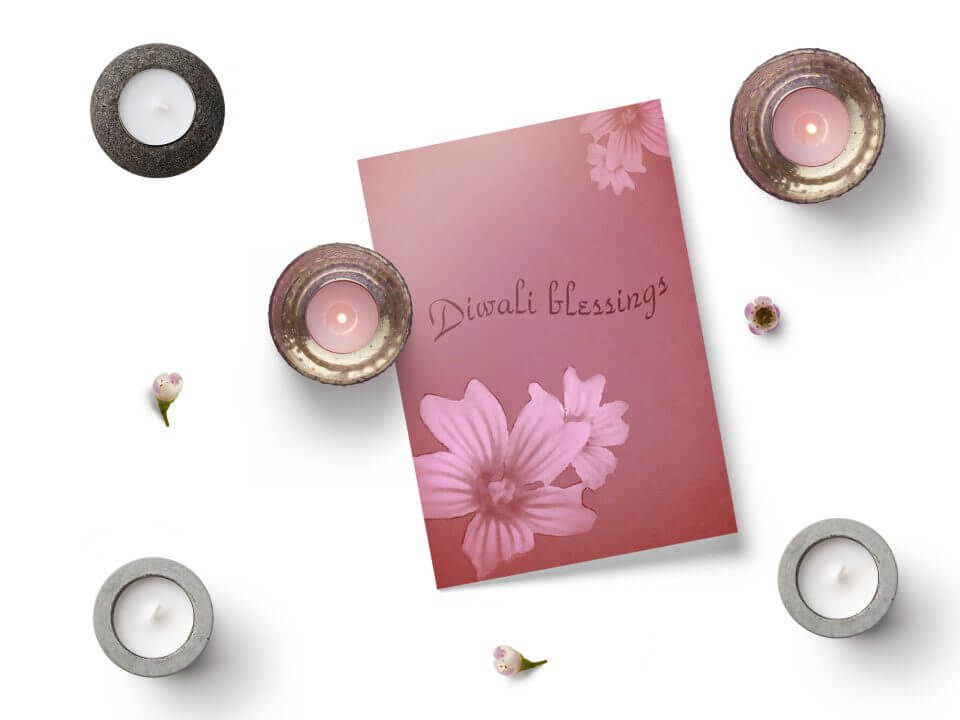
If you’re visiting India during Diwali, all of the regions celebrate different stories and gods. Northern India focuses on King Rama’s victory over the demon Ravana. He defeated the powerful entity by lighting a row of lamps. This story is where the modern Diwali tradition of lighting lamps for good fortune came from.
In southern India, Hindus honor Lord Krishna, the eighth avatar of Vishnu, and his victory over the demon Narakasura. Western India focuses on Vishnu, one of the three major Hindu gods. No matter where you go, all Hindus believe that Diwali is a joyous occasion that represents how good always triumphs evil.
Since Diwali is a happy time, most foods are sweet. Some treats you may eat include barfi (fudge), gulab jamun (doughnuts), and halwa (a dense confection). Other common foods include samosas (savory pastries filled with vegetables and spices), idli (rice cakes), and puri (flatbread).
9. Halloween
Although your country may not celebrate Halloween, cultures all around the world have tons of similar holidays that take place in the fall. The reason why is because humans have always been fascinated by death. Some holidays are spooky, lighthearted, heartfelt, or even a combination of the three.
If you live in America, Halloween is a crazy day where people dress up in costumes, binge on candy, and party like there’s no tomorrow. The best Halloween parties are filled with creepy decorations, spooky music, frightening food and drinks, and strange games. This holiday is exciting for kids and adults alike because it’s a chance to become someone or something else and let loose. At night, you’ll find many streets flooded with kids traveling from house to house as they hunt for the best treats in town.
If you travel to Mexico on October 31st, you’ll get to experience Día de Los Muertos, which means Day of the Dead. Despite the name, this holiday is actually an important festival that lasts for three days. Mexicans believe that the souls of the dead return during this brief timeframe, so lots of food and gifts are left out as offerings.
Catholics all around the world celebrate All Saints’ Day and All Soul’s Day, which are two consecutive days to honor the deceased. Graves are decorated with flowers, people go to church to pray, and many light candles in their windows.
Japanese people have also fallen in love with western Halloween traditions because each year they throw a Kawasaki Halloween Parade. During this event, more than 4,000 people take over the streets dressed in impressive costumes. This event is so popular that you have to apply two months in advance if you want to join the parade.
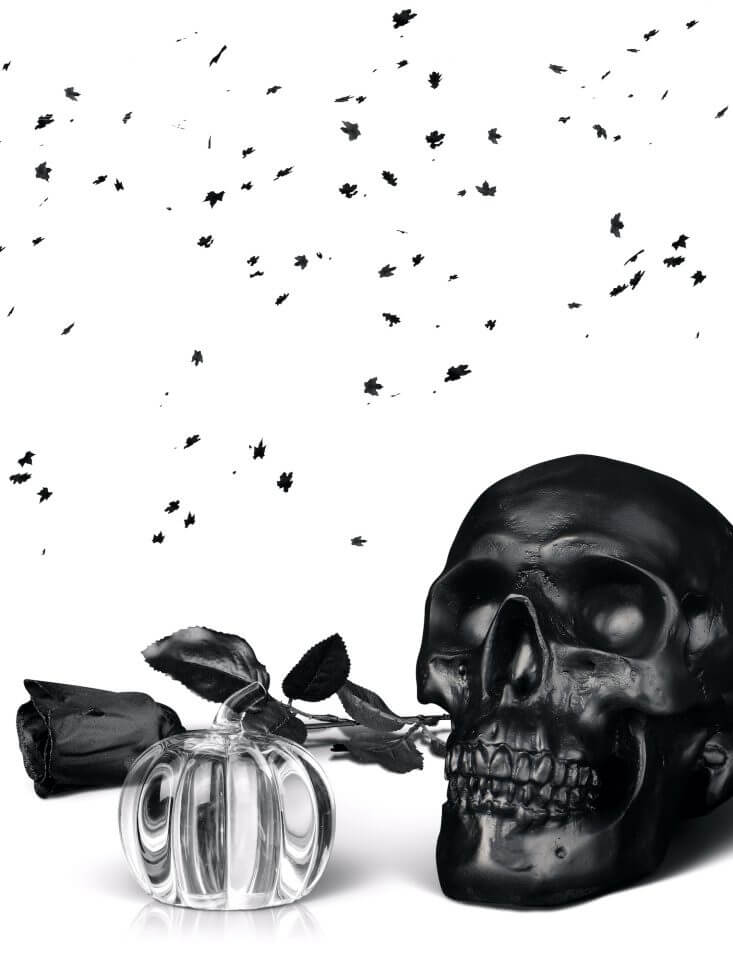
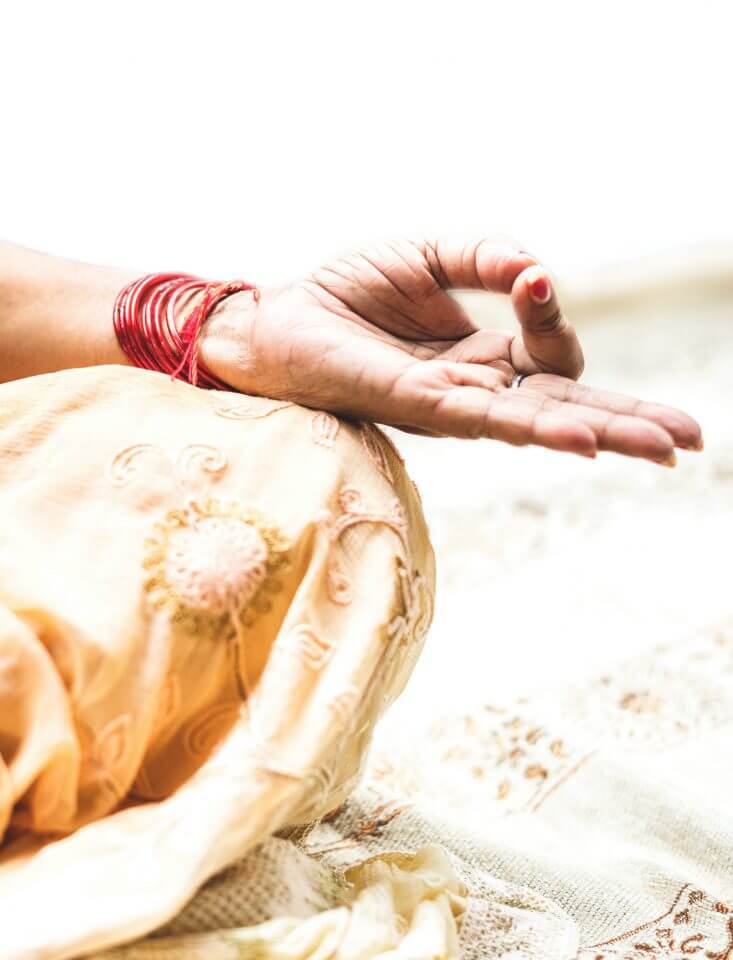
10. Bodhi Day
Bodhi Day is one of the most important Buddhist holidays because it commemorates Buddha’s enlightenment under a Bodhi Tree. Since there are many different kinds of Buddhists across the world, there is no exact date for Bodhi Day. Depending on which region you’re located and which calendar you’re following, Bodhi Day is usually celebrated sometime between May and June.
The date of Bodhi Day relies on when Vesak approaches. Vesak is a holy combination of Buddha’s birth, life, and death. If you’re a Theravada or Tibetan Buddhist, then you’ll celebrate Bodhi Day in one day. If you’re a Mahayana Buddhist, Bodhi Day is spread across three days.
Buddhism is focused on meditation and following the path to enlightenment. It comes as no surprise that this holiday is a quiet, reflective one. Many Buddhists celebrate Bodhi day by meditating, reading, chanting, or performing acts of kindness.
More social Buddhists gather together to share tea, treats, and read Buddhist texts aloud. In Japan, Bodhi Day is known as Rohatsu and Buddhists celebrate the holy day by going on an intensive weeklong meditation retreat. No matter where you go, Bodhi Day is a representation of what Buddhists must do every day to stay on their path to nirvana.
Holidays Are a Time to Rejoice, Reflect, and Look Forward
No matter where you live, what you believe, or what traditions you follow, holidays are important. Not only are they fun, but they’re also a reminder to slow down and appreciate the beauty of life.
Whether you’re surrounding yourself with love on Valentine’s Day or giving thanks during a religious celebration, every holiday has a special meaning with valuable lessons to be learned. Remember, the best way to spend any holiday is within the warmth shared by your loved ones.



